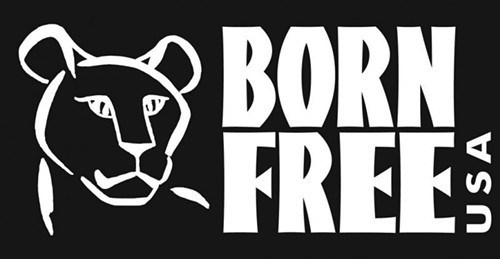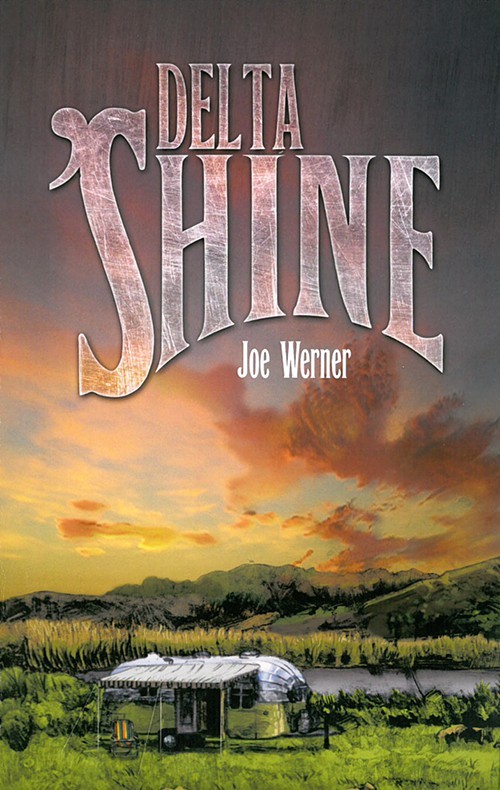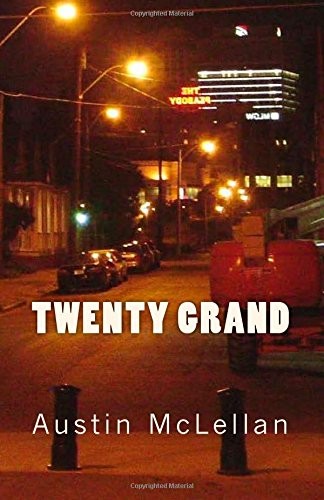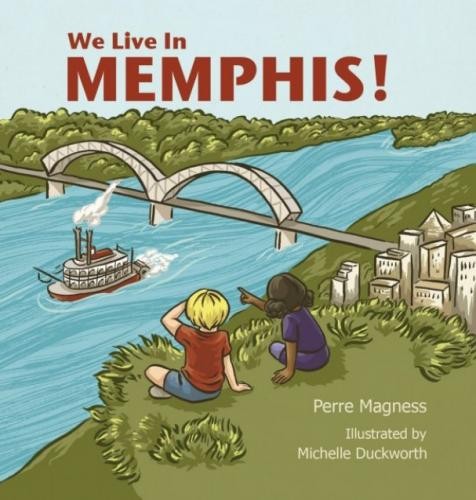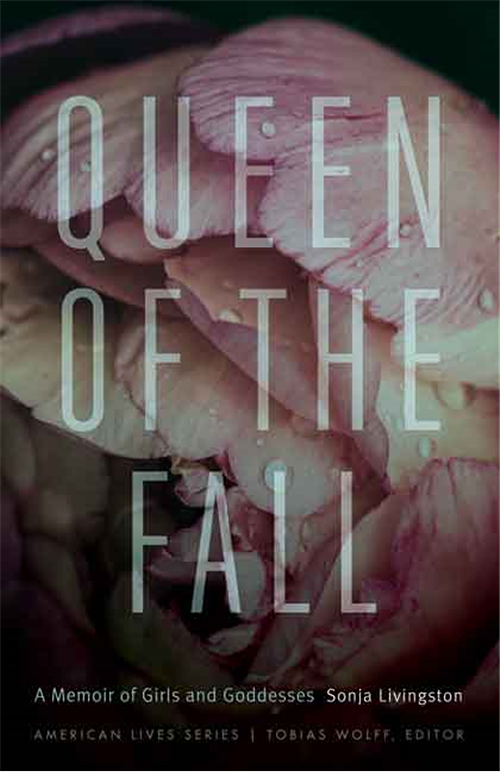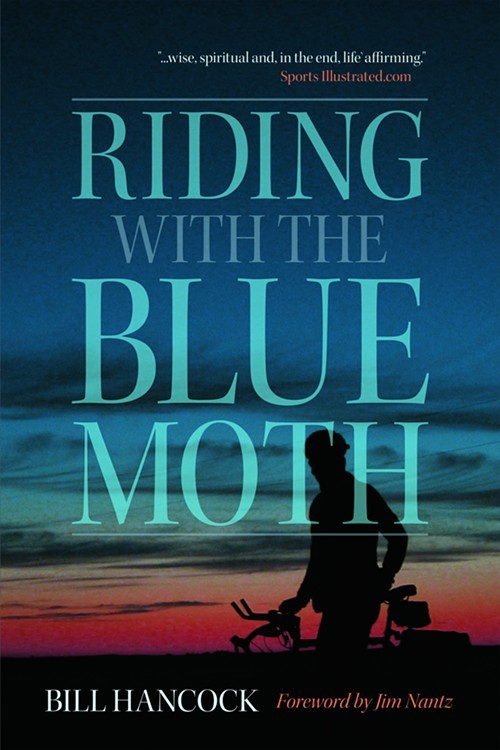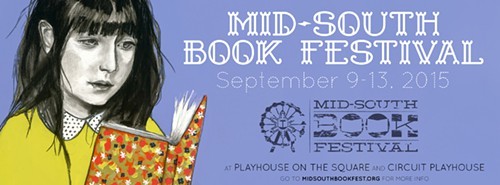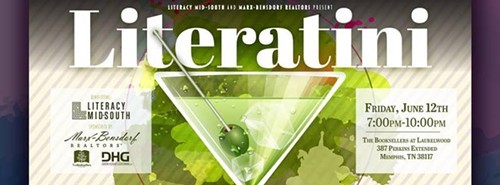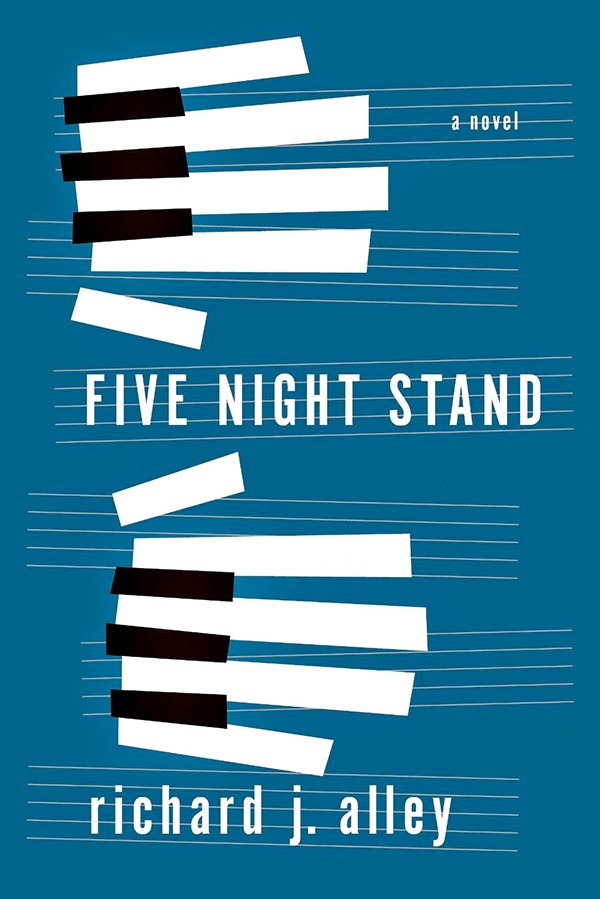Susan Davis isn’t sure about the number of used books she has for sale, but her guess would be around 2,500 — in her words, “a modest amount.”
First editions and signed editions, fiction and nonfiction, special interest and local interest, Davis’ inventory lines the walls of several rooms in this one-woman show, Susan Davis Bookseller, which is housed, literally, in a quiet East Memphis neighborhood. Ask her how she keeps track of her inventory, however, and the answer’s simple, because there’s not much high tech here:
“I tend to remember what books I have,” Davis said after an open house that she recently held. (Her business is normally open by appointment only.) “For consigned items, I do keep a detailed list,” she added. “But most of the books are in my head. I tend to remember where I got them, what I paid for them.”
What you’ll pay for one of Davis’ more expensive items is $800, which is what she’s asking for a worn but handsome, oversize monastery song book (in Gregorian chant), whose previous owner Davis described as an Arkansas hermit.
One thousand five hundred dollars (marked down from the original asking price of $5,000) is what you’ll pay for a particular favorite of Davis’: Men of Mark (1913), a book of photographs by Alvin Langdon Coburn, a contemporary of Stieglitz and Steichen. But she has some signed Faulkners on consignment that are worth more than the Coburn book. She also has a first edition of L. Ron Hubbard’s Dianetics, which used to belong to Isaac Hayes. And she has hardback mysteries published between the wars, which Davis said never go out of style and continue to be highly collectible.
Southern authors are, not surprisingly, among Davis’ bestsellers, and signed books are always desirable — “well, usually desirable,” Davis reported. Surprisingly, though, books on the Civil War don’t sell as they once did, nor do signed first editions by contemporary authors, except, according to Davis, in the case of Donna Tartt.
“Modern first editions have gone down,” Davis said of recent trends. “There are so many now for sale on the internet, and the tide started turning around 2008. F. Scott Fitzgerald, however, does well, because young people still respond to him.”
Davis still responds to what she called “old classics” in addition to novels from the 1920s and ’30s, with their artful covers.
“The reason I got into this business is because I love books, and I love books published between the wars … the gorgeous book jackets of that era. First editions from that period, however, are hard to find, so for a dealer it’s catch-as-catch-can.”
Valuable collectibles are especially hard to track down in Memphis, according to Davis, who finds many of her books at local estate sales:
“Memphis is a challenging market for good books. When I started in this business 20 years ago, I thought I’d be going to sales and finding great books all the time. That’s not really how it works, and I think my fellow dealers would agree with me.”
Like many seasoned dealers too, Davis has mixed feelings about the internet, which she described as too often “a race to the bottom” when it comes to successfully selling a title, but she does use AbeBooks on occasion.
“I put older stuff that hasn’t sold on there,” Davis said. “And if it’s a book on consignment, I have a commitment to the seller to do my best to move the item. But that’s a last resort. I like the older way — where you have an ongoing, personal relationship with the potential buyer.”
So far, however, there have been no buyers for one of Davis’ favorite categories, which is included on the business card for Susan Davis Bookseller: “First Editions – Local History – Islands – General.” Islands?
“It’s kind of a subspecialty of mine — books about islands,” Davis said. “I just like islands. I’ve been to a few odd ones. I don’t think I’ve had any customers for my island books, but I keep buying them, hopeful.”
For more information on Susan Davis Bookseller or to schedule an appointment, call 362-1423. Or if you’re in Sewanee, Tennessee, July 18th-19th, stop by Davis’ table. She’ll be participating again this year in the Tennessee Antiquarian Book Fair at the Sewanee Inn, which will include more than two dozen vendors. The number of books Davis will have on hand and for sale, by her estimate: “400-ish.” And if an antiquarian book fair sounds stodgy to you, Davis understands, but she’ll have you know: “It’s amazingly jolly!”
